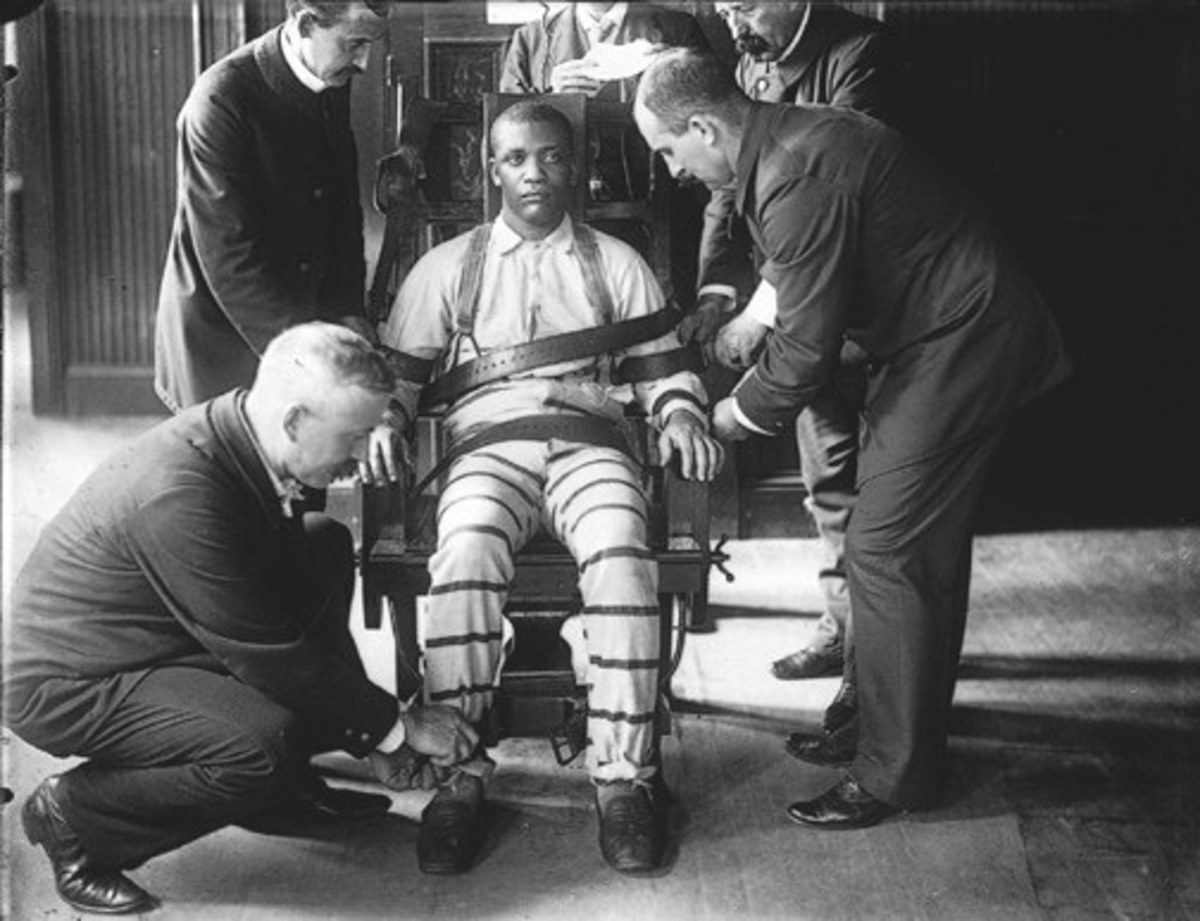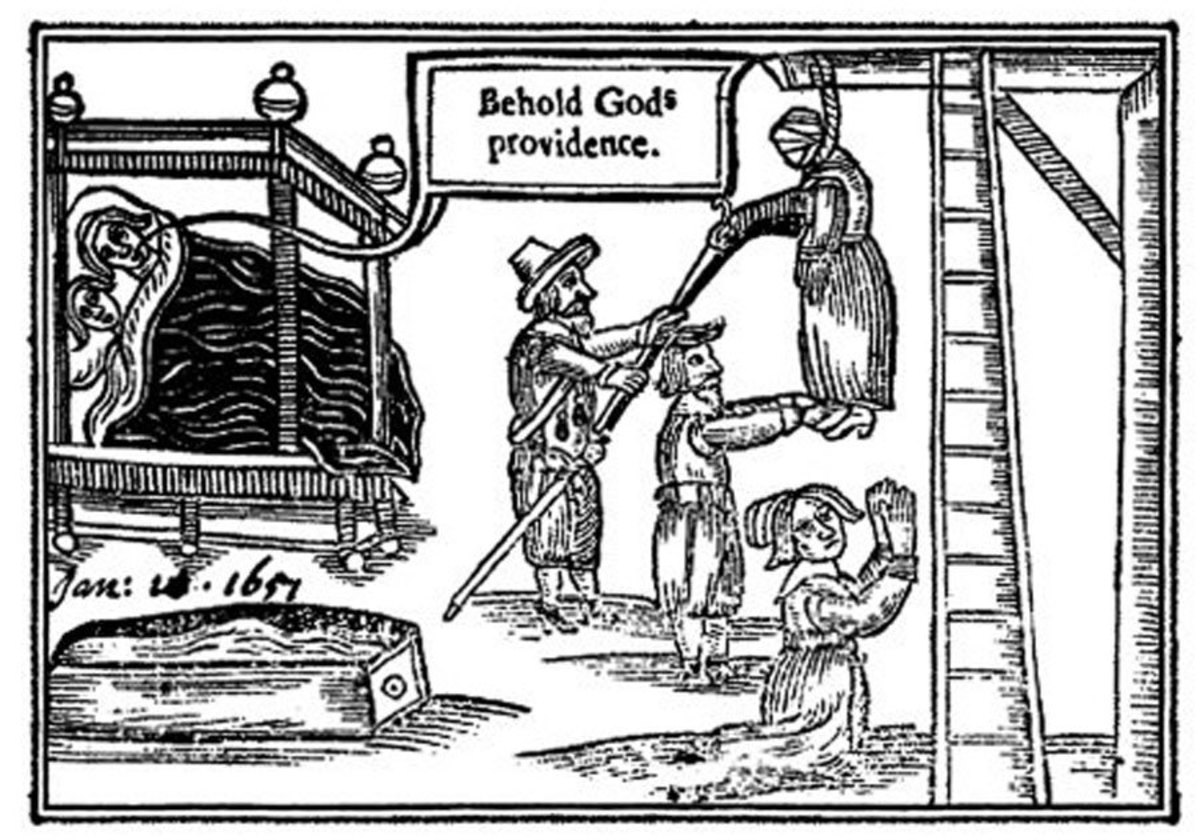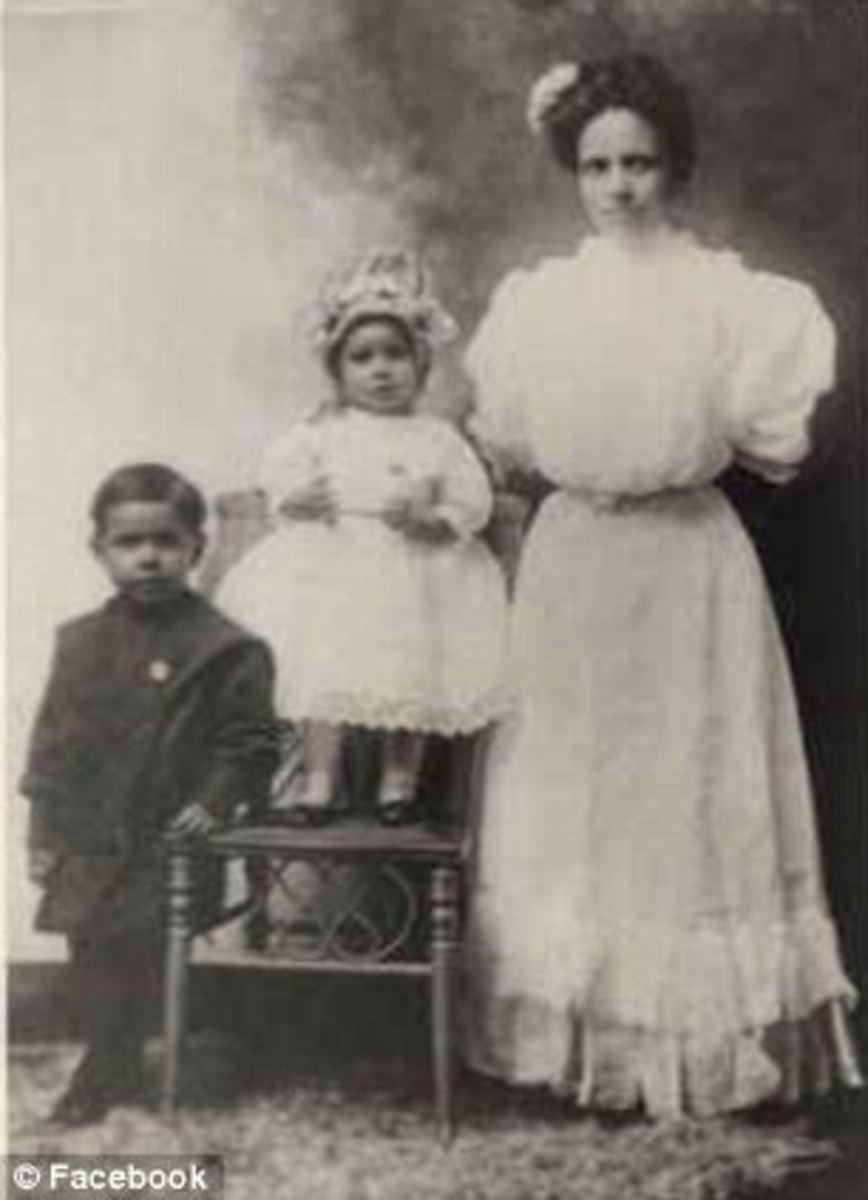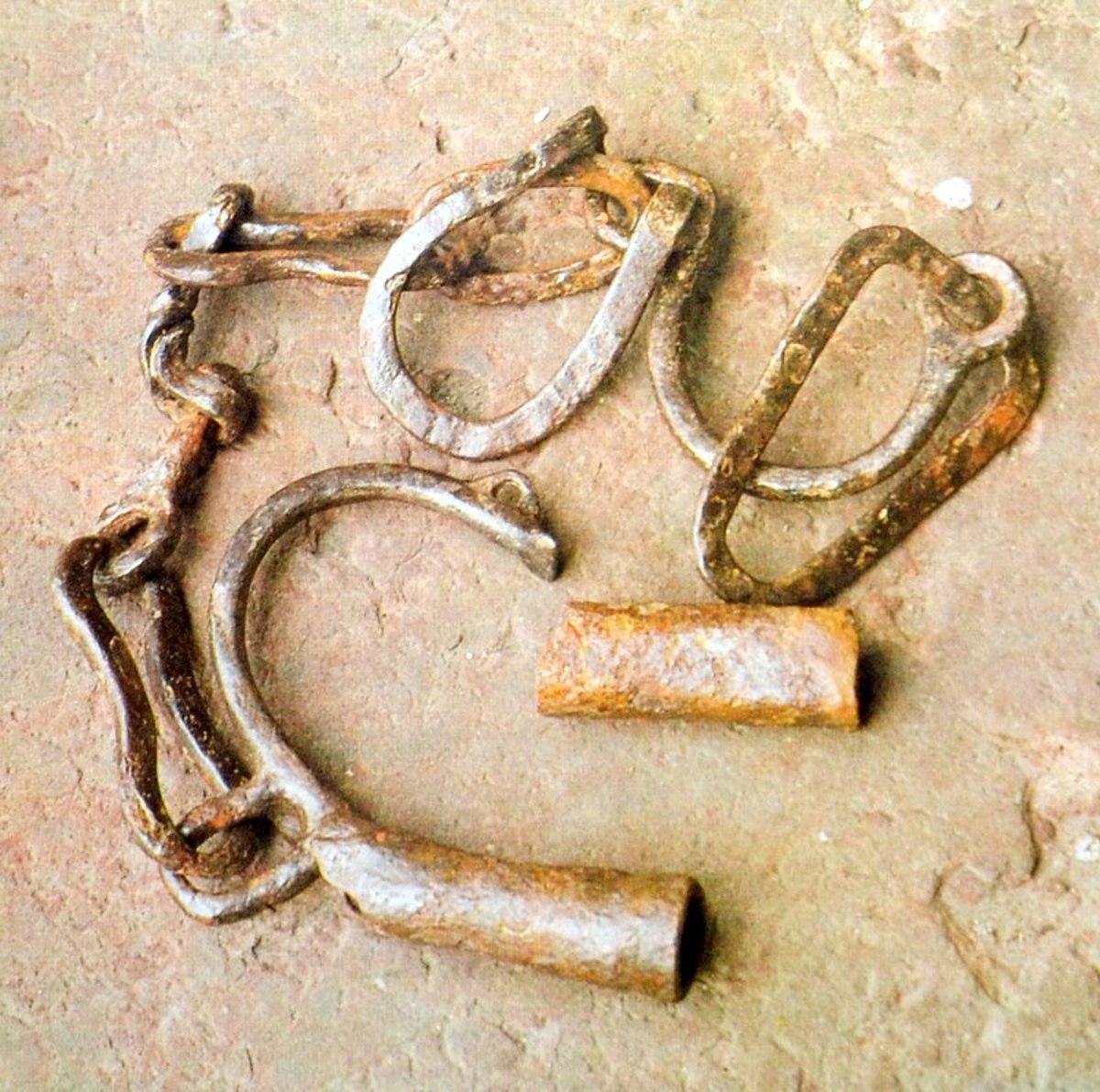"An Individual and Contextual Look at Death Row"

Who Survives?
“Who does society put to death?” Past research and literature available on the issue of capital punishment focuses on the individual characteristics of the offenders who reside on death row in an effort to ascertain a social portrait of the typical death row inmate. These articles attempt to look at capital punishment in respect to the events that result in an individual’s placement on the executioner’s list; however, there is little research available on the subject of what happens to offenders after the death sentence. Jacobs, Carmichael, Qian, and Kent tackle the subject of the individual and contextual factors that have a significant influence on execution probabilities in an attempt to fill the void left in prior research on the subject of capital punishment.
The authors’ main goal is to answer the question, “Who survives on death row?” This question can only be answered by identifying the factors that affect society’s attitude towards that actual implementation of capital punishment. Capital punishment can be defined as the extreme punishment for a criminal offense. For the practical purposes of their research, the authors base their definition on the prior research of Michel Foucault which views executions as “rituals designed to enhance political power by reminding potential miscreants of the state’s vast coercive resources (Jacobs, et al, 2007).” However, the article takes this definition one step further by suggesting that society imposes harsher punishments as a reaction to the threat of an outside minority. In order to ensure that the “punishment fits the crime” society develops contextual factors designed to control the administration of capital punishment in order to ensure that the will of society is being appeased. According to the article, the three major contextual factors affecting the survival rate on death row include racial threat, political ideology, and political partisanship (Jacobs, et al, 2007).
The authors further hypothesize that the following statements about capital punishment should be true: the likelihood of executions should be greater for African Americans on death row; Hispanics should have a higher execution rate than Caucasians; African American or Hispanic offenders that have been convicted of killing a white victim have a greater probability of being executed; women on death row should be less likely to be executed than males; and condemned prisoners with previous convictions will have a greater probability of facing execution than first-time offenders (Jacobs. et al, 2007).
According to the authors, the specific aim of their research “is to discover how offender attributes and the political and social characteristics of the states affect post-sentencing execution likelihoods (Jacobs, et al, 2007). The researchers designed their study using an event history approach in order to “provide a remedy for the censoring that occurs because offenders face different execution risks (Jacobs, et al, 2007).” The execution risks included the likelihood of one of the group being executed prior to the completion of the observation or removed from death row as a result of a successful appeals process. The sample was selected from a study of capital punishment in the United States conducted by ICPSR beginning in 1973 and ending in 2002. However, this report only provided information related to state, date of removal from death row, and reasons for removal. Information relating to offenders who were executed was extracted from the files of the Death Penalty Information Center in order to determine victim race, offender race, and execution date. For those offenders removed from death row, data relating to the race of the victim and the race of the offender was pulled from The Supplemental Homicide Reports.
The data collected by the researchers revealed that there was a relationship between prior convictions and the decision to seek the death penalty; that gender is not a significant fact because the proportion of convicted women on death row is small; that blacks who kill whites are more likely to be executed, that political interests have an effect on support for the death penalty and the desire to see that the death sentence is enforced; that blacks convicted of killing nonwhites are less likely to be executed than other offenders who have been sentenced to death; and the probability of a Hispanic being executed for killing a white individual is greater than if he or she had murdered a non-white (Jacobs, et al, 2007).
Discussion
According to Schmalleger, “Notions of deterrence, retribution, and just desserts all come together in capital punishment (Schmalleger, 2006).” While these ideals trace their roots to the school of neoclassical thought, it would be easy to speculate that capital punishment is the solution to today’s existing crime problem. Neoclassical criminology, as defined by Schmalleger, is “the modern-day application of classical principles to problems of crime and crime control in contemporary society, often in the guise of get-tough social policies (Schmalleger, 2006).” However, prior research suggests that capital punishment fails at deterring crime. Perhaps the research of Jacobs, Carmichael, Qian and Kent offers the reason why capital punishment fails at achieving its end-state goal. Based on the above research, there is a lack of fairness in the way that post-sentencing activities are administered.
The article states that “Largely as a result of the appeals process that occurs after a death sentence, less than 10 percent of all offenders on death row ultimately are executed (Jacobs, et al, 2007).” This statistic seems to suggest that the appellate court is effective at removing the condemned from death row; however, when the timing of the appeals process is factored into the equation, the story changes. Some prisoners spend as long as twenty years on death row. During this time the prisoner is playing a literal waiting game with the appellate court. These prisoners, however, have time to wait out an appeal while other individuals are executed quickly. Those individuals who are executed quickly are the individuals most affected by the contextual factors of racial identity, political ideology, and partisanship.
Schmalleger quotes three major flaws of capital punishment. These flaws state that “poor clients routinely received bad representation by court-appointed attorneys; that race has a pervasive influence on the administration of capital punishment because prosecutors are far more likely to ask for imposition of the death sentence in cases which the victim is white as opposed to black; and blacks and/ or Hispanics are often excluded from capital juries (Schmalleger, 2006).” These facts are substantiated by the above research; therefore, in order for the system of capital punishment to work, the system must offer fair and equitable sentencing for all parties.
Oddly enough, homicide is homogeneous in nature. Homicide statistics reveal that “victims and offenders share similar socidemographic characterizes, such as age, gender and race” and that “African-Americans are disproportionately represented in the homicide statistics as both victims and offenders (Schmalleger, 2006).” Given this fact, it would seem that there should be an equally disproportionate amount of minorities on death row for killing non-white individuals. At some point in life, members of a minority class are thrust into a subculture of violence fueled by poverty and economic inequalities. Since violence essentially becomes a way of life for these individuals, the probability for finding a home on death row seems inevitably higher for those affected by this type of environment. The research, however, begs to differ with what should be the obvious conclusion.
The research reveals that “Offenders convicted of killing whites are particulary likely to be sentenced to death especially if the offender is black (Jacobs, et al, 2007).” Since African Americans are most affected by poverty and limitation of opportunity, these individuals are more than likely to feel the strain associated with inequality. Jacobs, Carmichael, Qian, and Kent reveal through their research that “The death penalty is likely to be legal in states with the highest percentages of African American residents while the number of death sentences is greater in states with the largest African American populations (Jacobs, et al, 2007).” According to some theorists, “When large minority populations endanger their dominance, whites often react by supporting law and order measures that at least indirectly target these minorities (Jacobs, et al, 2007).” Conservative whites often view crime as the ultimate act of nonconformity. Sadly, the ethnocentric beliefs of these individuals often breed the prejudices that have infiltrated the criminal justice system.
Therefore, prosecutors and lawmakers who wish to win the conservative vote will push for stronger capital punishment laws thus resulting in aggressive sentencing for minorities who have been convicted of killing non-whites. Conversely, “if minority proportions expand and their political influence becomes sufficient, the positive relationship between this threat and punitiveness may reverse (Jacobs, et al, 2007).” This fact seems to support the argument that “the higher a group’s political or economic position, the greater the probability that its views will be reflected in laws (Schmalleger, 2006).”
If inequality breeds crime, the only way to prevent crime is to institute a system that distributes justice in a fair an equitable manner. In addition, issues related to social inequality must be addressed. Social conflict theorists are pushing for reforms that will put an end to these types of injustice. Capitalism may breed inequality, but democracy gives the people a voice to object to the injustices that are created by society. Perhaps the only way to change the world is to educate ourselves on the causes the problems that our society encounters. It is our choice whether to embrace or reject the actions of our society. Once the problem has been identified, then we can all work to correct it. If you haven’t guessed it by now, I am against the death penalty. As a member of Amnesty International, I have fought on behalf of several individuals who have been sentenced to death. I have witnessed the effects of all of the contextual factors evaluated in this critique, and I can honestly say that I feel that the system is flawed. How do we fix the problem? I do not know. However, it is a problem that must be addressed.
References
Jacobs, D., Qian, Z., Carmichael, J.T., & Kent, S.L. (2007). “Who Survives on Death Row? An Individual and Contextual Analysis.” American Sociological Review 72: 610-632.
Schmalleger, F. (2006). Criminology Today. New Jersey: Pearson Prentice H








